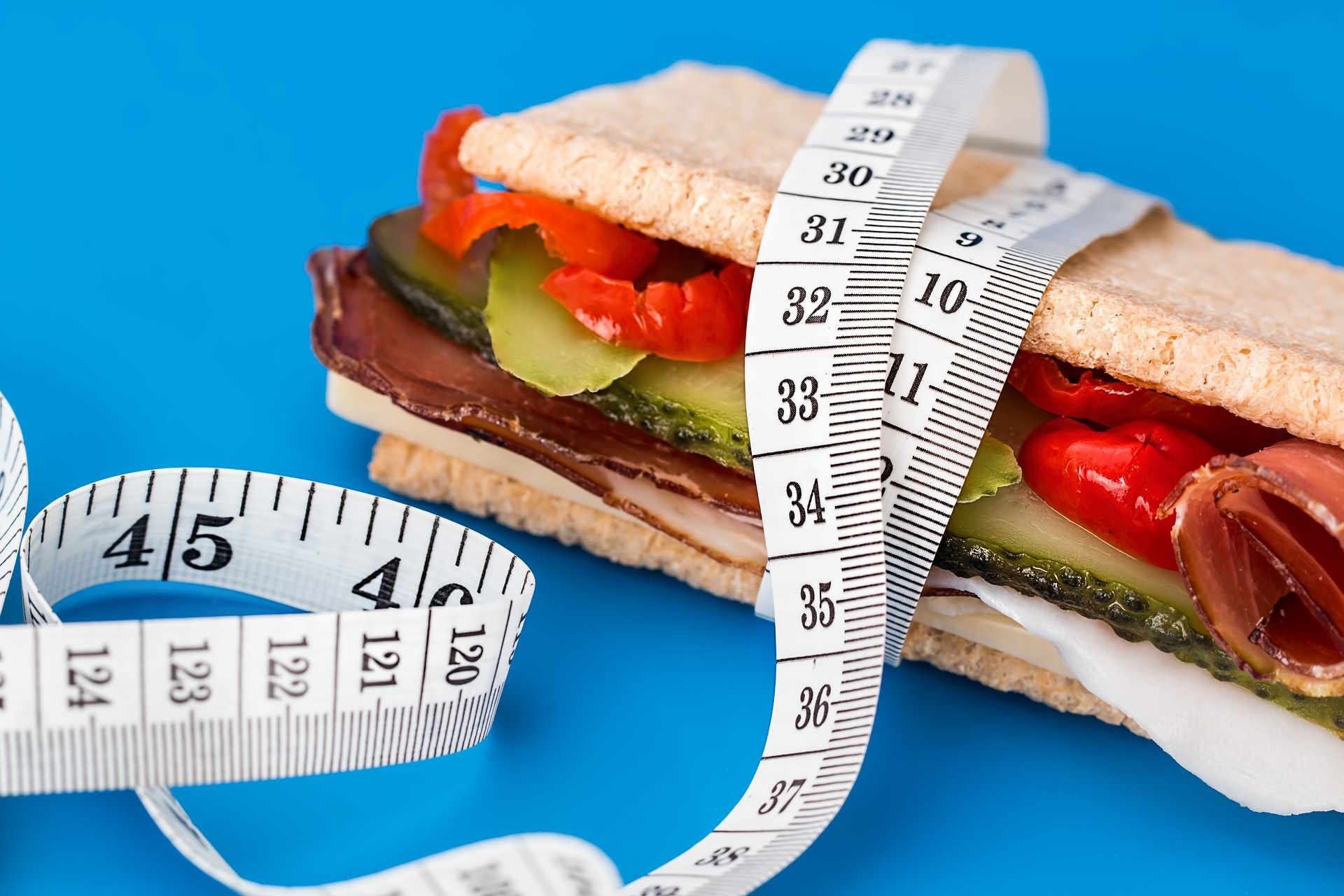Harnessing Cognitive Load Theory in Industrial Training
Optimizing workforce performance through strategic knowledge transfer In today's rapidly evolving industrial landscape, the efficiency of employee training programs can make or break a company's competitive edge. As businesses strive to enhance productivity and reduce errors, a novel approach rooted in cognitive psychology is gaining traction: the application of Cognitive Load Theory (CLT) in industrial training. This innovative strategy promises to revolutionize how organizations onboard new employees and upskill their existing workforce, leading to faster learning curves and improved operational outcomes.

Tailoring Industrial Training to Cognitive Capacity
Industrial environments often involve complex processes and high-stakes operations where mistakes can be costly. By applying CLT principles, companies can design training programs that match the cognitive capabilities of their workforce. This approach involves breaking down complex tasks into manageable chunks, using visual aids to reduce extraneous load, and providing scaffolding to support the integration of new knowledge with existing skills.
Microlearning: A CLT-Inspired Approach
One practical application of CLT in industrial settings is the adoption of microlearning modules. These bite-sized learning units focus on specific tasks or concepts, aligning perfectly with the limited capacity of working memory. For instance, a manufacturing plant might replace lengthy manuals with short, targeted video demonstrations for each step of an assembly process, allowing workers to absorb information more effectively.
Augmented Reality and Cognitive Load Management
Augmented Reality (AR) technology is emerging as a powerful tool for managing cognitive load in industrial training. By overlaying digital information onto the physical world, AR can provide just-in-time instructions, reducing the need for workers to recall complex procedures from memory. This not only decreases cognitive load but also minimizes errors and increases efficiency in real-time operations.
Measuring and Adapting to Individual Cognitive Thresholds
Advanced biometric technologies are enabling companies to measure cognitive load in real-time. By monitoring indicators such as eye movement, heart rate variability, and galvanic skin response, trainers can gauge when an employee is approaching cognitive overload. This data allows for personalized training experiences, where the pace and complexity of instruction are dynamically adjusted to match each individual’s cognitive threshold.
Cognitive Load Optimization Strategies
• Implement spaced repetition techniques to reinforce learning without overwhelming trainees
• Utilize multimedia learning principles to present information through complementary channels
• Develop progressive disclosure interfaces for complex machinery, revealing information as needed
• Create interactive simulations that allow safe practice without the cognitive burden of real-world consequences
• Employ worked examples and completion problems to guide learners through complex procedures
As industries continue to embrace the principles of Cognitive Load Theory, the future of industrial training looks increasingly sophisticated and tailored to human cognitive architecture. By aligning instructional design with the way our brains process information, companies can cultivate a more knowledgeable, efficient, and adaptable workforce. This strategic approach to knowledge transfer not only enhances individual performance but also contributes to overall organizational resilience in the face of technological and market changes. As we move forward, the integration of CLT in industrial settings may well become a cornerstone of operational excellence and innovation.





